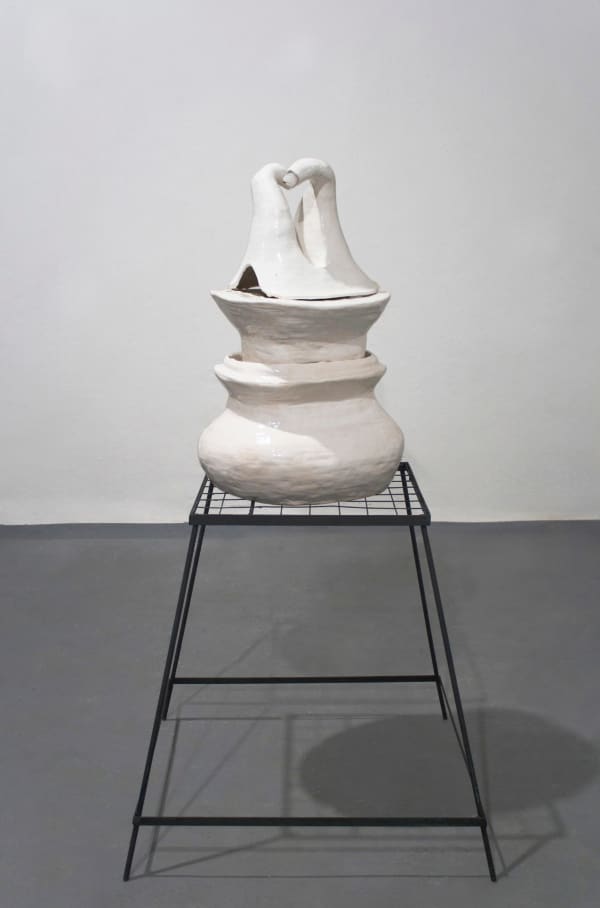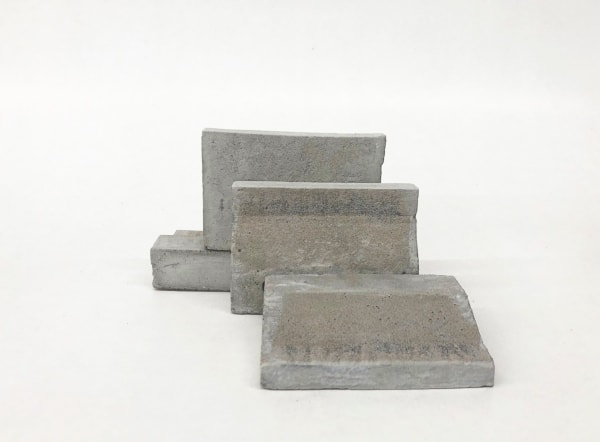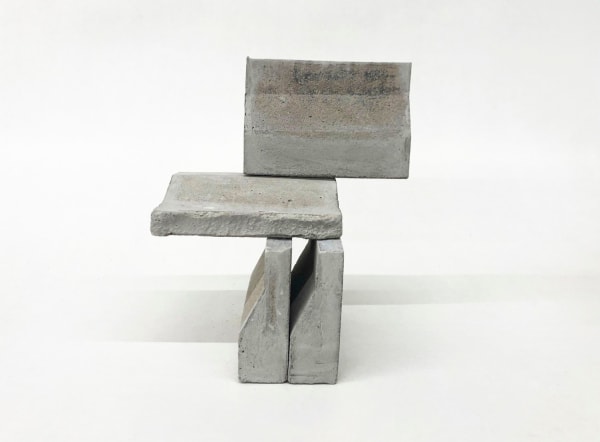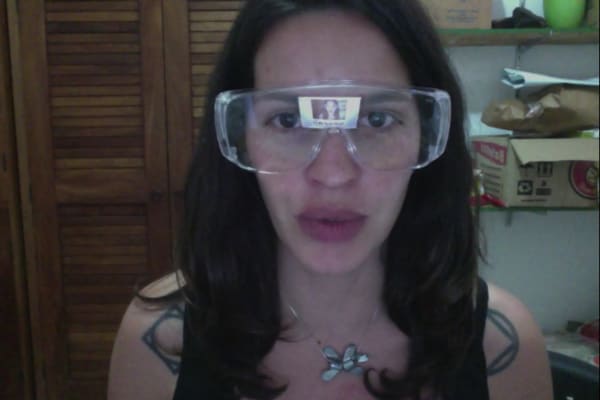O que há de música em você
Alair Gomes . Alexander Calder . Aluísio Carvão . Andro de Silva . Atelier Sanitário . Ayla Tavares . Celeida Tostes . Ernesto Neto . Felipe Abdala . Felippe Moraes . Flavio de Carvalho . Frederico Filippi . Gustavo Prado . Hélio Oiticica . Hugo Houayek . Jonas Arrabal . Leda Catunda . Manuel Messias . Marcelo Cidade . Rafael Alonso . Raquel Versieux . Seis gentes dançam no museu . Sonia Andrade . Tunga . Vanderlei Lopes
"I found out that what I do is MUSIC, and that MUSIC is not 'one of the arts', but rather the synthesis of the consequence of the discovery of the body," wrote Hélio Oiticica (1937-1980) in November 1979 in a typed version of the three-sheet text he would publish in the magazine Biscoitos Finos. He had returned to his hometown the year before after an important seven-year stint in New York and less than six months after that, in March 1980, he would leave us for good. Music‒which decisively shook Oiticica's output in the 1960s when he became familiar with samba, Mangueira, the 'city vs hill' duality, and marginality‒gained another dimension in the following decade, with rock and the whole New York scene, especially with names like Jimi Hendrix, Bob Dylan, and the Rolling Stones. "[They are] more important to the plastic arts-related understanding of an artist's creation than any painter after POLLOCK," wrote Oiticica in 1979.
In 1986, this would be the title of the first solo exhibition of the work of Hélio Oiticica (who only had two solo exhibitions in his lifetime). It was also the first exhibition organized by the Projeto Hélio Oiticica [Hélio Oiticica Project], created five years earlier by Lygia Pape, Luciano Figueiredo and Wally Salomão for organizing, cataloguing, and preserving the works and documents left by their friend. The works featured in the São Paulo Art Gallery (SP) included Relevo Espacial [Spatial Relief] (1959/1986) and Parangolé P4 Capa 1 [Parangolé P4 Cape 1](1964/1986), which today are the starting point for this exhibition at Athena Gallery. They mark two fundamental moments in Oiticica's work and thought. The spatial reliefs mark the path built by the artist from the wall towards the space of the world, of the bodies, with color as a guiding thread. The parangolés‒made with colorful fabrics and other materials found in everyday life‒are pieces to be worn and promote the "incorporation of the body into the work and the work onto the body." The audience from then on would no longer be mere viewers.
"With the discovery of the body, which came to me as a consequence of the disintegration of the old forms of artistic expression (...) I came to the conclusion that not only the formal categories of plastic creation lost their boundaries and limitations (painting, sculpture, etc.), but also the division of the so-called arts," he stated in 1979. The interest in the idea of music seems to be related to its more multisensory dimension. To deny "the old forms", among other things, was to leave aside a thought that focused on the eyes of viewers, distant from all the rest of the body, the place it occupies and how it occupies. "[It] is MUSIC because as it questions the work and the reason for it, MUSIC was the primary guiding thread towards the heart of the problem."
O que há de música em você [What's music in you] has in its title a reference to another document: An article that Lisette Lagnado (who in 2018 inaugurated the current headquarters of Athena with the collective exhibition With the air too heavy to breathe) published in August 1992 in the magazine Qualis (SP). Since February of that year, Oiticica's work had been touring for two years in international museums in the United States and Europe, a prestige that until that moment was unprecedented for a Brazilian artist. Entitled 'Hélio Oiticica: What's music in you', the article shares with readers clues of what led "the genial creator of the Parangolé" to affirm, at the height of his career, such a fundamental role of music.
The creator of the covers of the main albums of the Tropicalista movement (among many other things), Rogério Duarte linked Oiticica's interest in music to the artists' nonconformist attitude," a determining factor for an absolute refusal of the idea of 'good taste'." Artist and performer José Roberto Aguilar–who in 1982 dedicated a track from his album tothe Parangolé, "to the one who did not divide body and soul"‒said that "he could also have said that 'What I do is everything'". Also, artist Carmela Gross, who often says that she would have liked to have been the author of the phrase, pointed out that "music has a character of precision and volatility. The neoconcrete phase of Oiticica goes deep into the precision of color and the repetition of forms. The sound of the fine arts hits the skin of the public and their bodies work like a loudspeaker. The body is the only vehicle that unites the visual and sounds."
The 24 artists gathered in this exhibition and their works (many of them still unpublished) in their own way agree with these readings and make room for many other interpretations. They do not necessarily have in the work of Oiticica a first reference, but they certainly share with him questions or inquiries that are still echoing today. Their target is an anti-conformist attitude by transforming the body of the viewers, the artist, the exhibition space and the work of art into sounding boards. Music can be a possibility of telling a story, but it is also understood as a work process, also in terms of sounds, intonations, rhythms, time, duration. All this reflected in other possibilities of construction, understanding and movement of bodies–now in the plural form–within the exhibition space (the body of the artist, the viewer, and the work) and without.
Fernanda Lopes



















